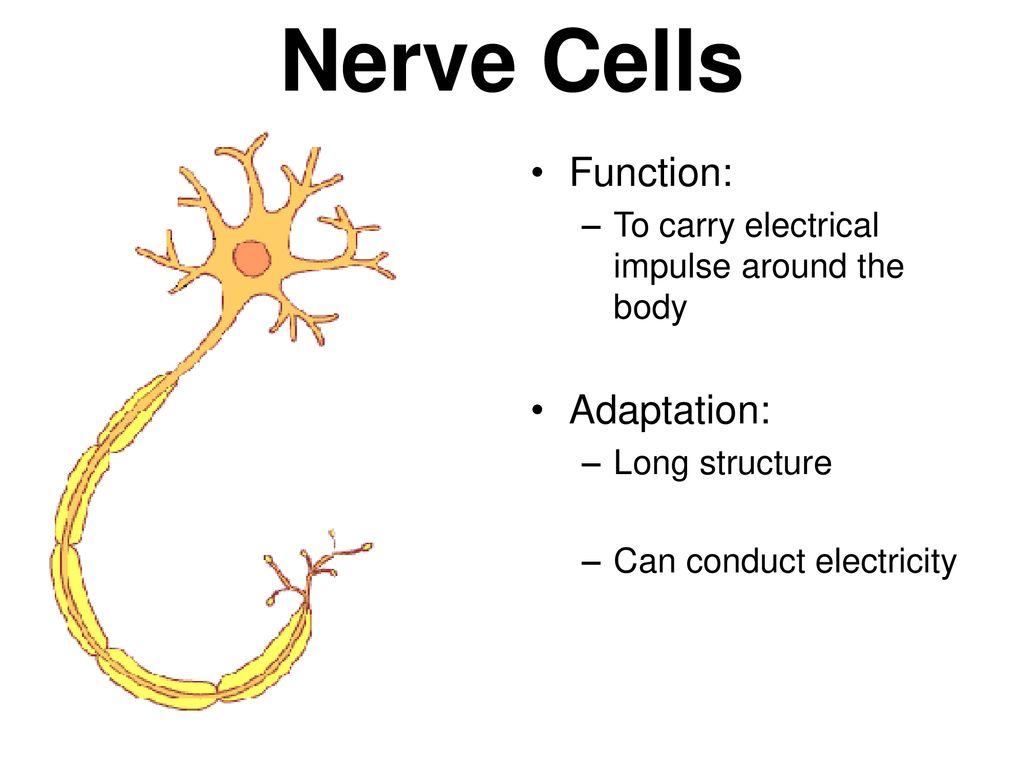How Is a Nerve Cell Adapted to Its Function
After exiting the cerebellopontine angle see Figure 1 the two facial nerve roots are seen as a larger medial motor root and smaller lateral sensory root. Reconstituted HDL-apoE3 promotes endothelial cell migration through ID1 and its downstream kinases ERK12 AKT and p38 MAPK.
What Is A Nerve Cell S Adaptation To Its Function Quora
The intracranial facial nerve.

. Sphincter pupillae constricts the pupil reducing the amount of light entering the eye. Ciliary muscles contracts causes the lens to become more spherical and thus more adapted to short range vision. It is this coupling of chemistry and movement that gives.
A comprehensive review of the current literature on post-acute COVID-19 also referred to as long COVID its pathophysiology and its. The reversal of charge is called an action potential. We have seen that each type of protein consists of a precise sequence of amino acids that allows it to fold up into a particular three-dimensional shape or conformation.
The internal auditory meatus is approximately 1. The lamina propria is a thin layer of loose areolar connective tissue which lies beneath the epithelium and together with the epithelium. Virokines are viral proteins that mimic host cytokines stimulating cell proliferation and increasing the number of.
A nerve impulse is a sudden reversal of the electrical gradient across the plasma membrane of a resting neuron. Describe the structure and function of neuronal synapses and the role of neurotransmitters at the synapse. Cell division occurs via a process called mitosis.
Neurons and Glial Cells. These two nerve roots travel ventro-laterally together to enter the internal auditory meatus on the posterior aspect of the petrous temporal bone. If the stimulus is strong enough to reach threshold an action potential will take place is a cascade along the axon.
81 The Concept of Homeostasis. Homeostasis refers to the bodys ability to physiologically regulate its inner environment to ensure its stability in response to fluctuations in external or internal conditionsThe liver the pancreas the kidneys and the brain hypothalamus the autonomic nervous system and the endocrine system help maintain homeostasis. Giant cell arteritis GCA.
It begins when the neuron receives a chemical signal from another cell or some other type of stimulus. Successive divisions produce many cells. Structure Inverted versus non-inverted retina.
They can have precisely engineered moving parts whose mechanical actions are coupled to chemical events. Metabolic characteristics of keto-adapted ultra-endurance runners. Neal Nathanson Francisco González-Scarano in Viral Pathogenesis Third Edition 2016.
The vertebrate retina is inverted in the sense that the light sensing cells are in the back of the retina so that light has to pass through layers of neurons and capillaries before it reaches the rods and cones. These include neutrophil count platelet count and liver function tests starting four to eight weeks after initiating therapy and every three months afterwards. But proteins are not rigid lumps of material.
Therefore the optic nerve must cross through. The lamina propria is a thin layer of connective tissue that forms part of the moist linings known as mucous membranes or mucosa which line various tubes in the body such as the respiratory tract the gastrointestinal tract and the urogenital tract. The VN because of its role in interoceptive awareness is able to sense the microbiota metabolites through its afferents to transfer this gut information to the central nervous system where it is integrated in the central autonomic network and then to generate an adapted or inappropriate response.
There are two structures in the eye that receive parasympathetic innervation from the oculomotor nerve. Although the genetic material in each of the cells is identical small differences in the immediate environments activate or inactivate different genes which can cause the cells to develop slightly differently. The ganglion cells whose axons form the optic nerve are at the front of the retina.
DNA viruses with a large genome particularly the herpesviruses and the poxviruses encode a number of proteins that counter host defenses. When a cell divides in two it passes identical genetic material to two daughter cells. 46 Viroceptors and Virokines.
The information below was adapted from OpenStax Biology 351 and Khan Academy AP Biology The neuron and nervous system. The short posterior ciliary arteries cannot provide blood flow to the prelaminar and laminar portions of the optic nerve head.
How Is A Nerve Cell Specialized To Do Its Job Quora

Describe How Cells Are Specialised To Perform Different Functions Explain How Specific Cells Are Adapted To Their Function Outcomes State How Cells Group Ppt Download
No comments for "How Is a Nerve Cell Adapted to Its Function"
Post a Comment